Home > Climate News >

The Nature Conservancy goes carbon neutral at Uplands Farm
The Nature Conservancy is pleased to announce its move toward 100% renewable energy at Uplands Farm Sanctuary, the 97-acre nature preserve that also serves as one of the organization’s Long Island offices.
The ambitious project, funded by the Green Mountain Energy Sun Club, includes rooftop solar, an electric vehicle charging station, and energy efficiency upgrades that will dramatically reduce Uplands Farm’s carbon footprint, making the preserve’s offices carbon-neutral on an annual basis. The upgrades are estimated to save more than 54 tons of carbon pollution, equivalent to the emissions from over 5,000 gallons of gasoline from gasoline-powered vehicles, each year…
The sustainable upgrades are part of the Conservancy’s continued efforts to tackle climate change in New York and around the world. The chronic flooding, stronger storms, and intense heat waves caused by climate change are already impacting communities statewide. The shift to renewable energy sources, such as solar and wind, is key to climate stability. The Conservancy is striving to achieve a low-carbon future through broad-scale policy change at the state and federal levels while developing and modeling solutions locally, such as those at the Uplands Farm Sanctuary…

470-acre Cayuga lakefront land bought by state to become wildlife area, solar energy plant
New York State Governor Kathy Hochul announced a land purchasing agreement has been reached between the Finger Lakes Land Trust and New York State Electric & Gas Corp. for the 470-acre Bell Station.
The state Department of Environmental Conservation and the Finger Lakes Land Trust will create a public wildlife management area on the lakeshore portion of the newly acquired property…

Schools and solar: Taking action, saving money
As school districts struggle to adapt to a nationwide budget crisis brought on by the COVID-19 outbreak, many K-12 schools are shoring up budgets with a switch to solar power. Find out more inside this third edition of Brighter Future: A Study on Solar in U.S. Schools, including new data and trends on solar uptake at schools nationwide, how schools are saving millions in energy bills (with little-to-no upfront investment), and a national ranking of all states for solar on schools…
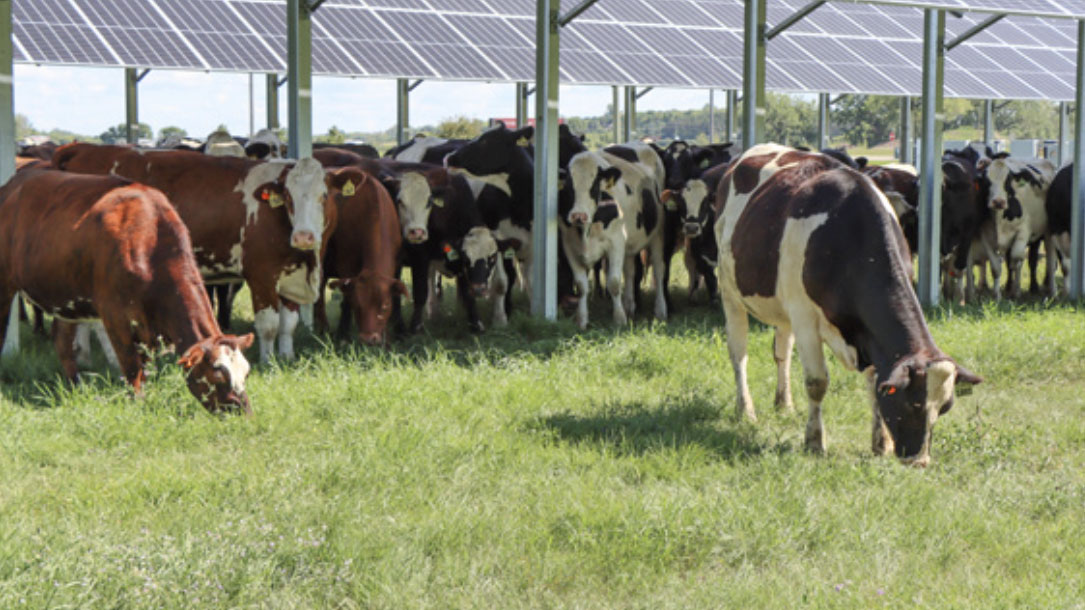
Solar panel shade for cattle
Dr. Brad Heins, associate professor of dairy management at the University of Minnesota and researcher at the West Central Research and Outreach Center in Morris, Minnesota, implemented this idea at the center’s 300-cow pasture to provide shade for the herd and energy to power milking equipment. “The concept of solar grazing started because we wanted to reduce heat stress and produce energy to utilize in our dairy farm,” Heins says. “Our goal is to have a net-zero dairy.”
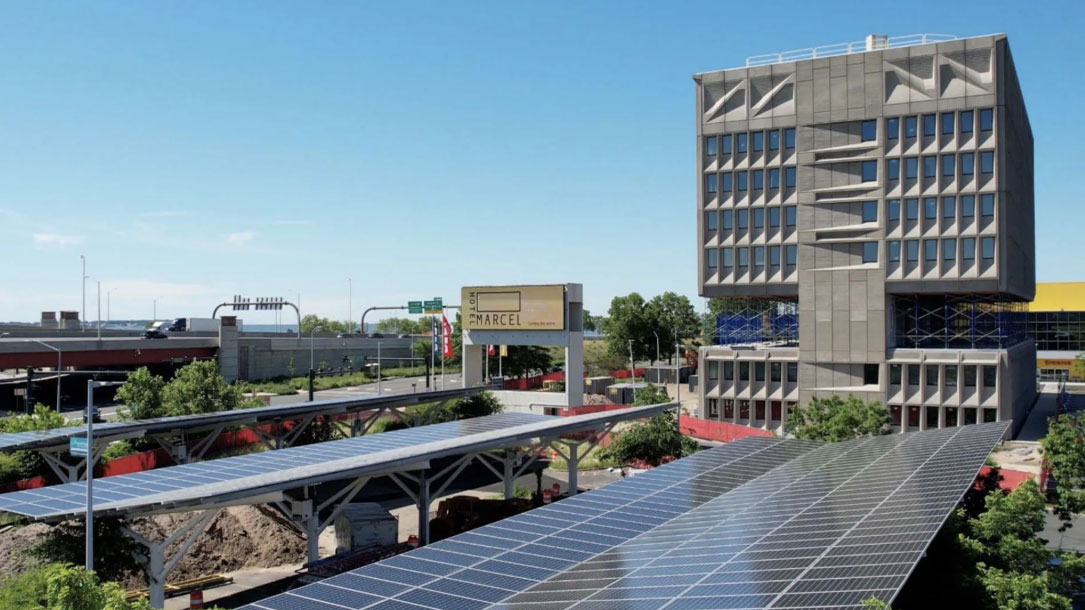
Study: Connecticut could conserve land by installing solar above parking lots
The study, which appears in the current issue of Solar Energy, identified 8,416 large parking lots across the state that are suitable for power-producing solar canopies. Together, those sites could generate 9,042 gigawatt-hours annually, the equivalent of 37% of the state’s annual electricity consumption…

The future of landfills is bright
“There are more than 10,000 closed and inactive landfills around the country. These sites offer an incredible opportunity for solar development. By installing solar on closed landfills, states and municipalities advance local solar energy while repurposing relatively large, vacant sites within communities that have limited reuse potential.”
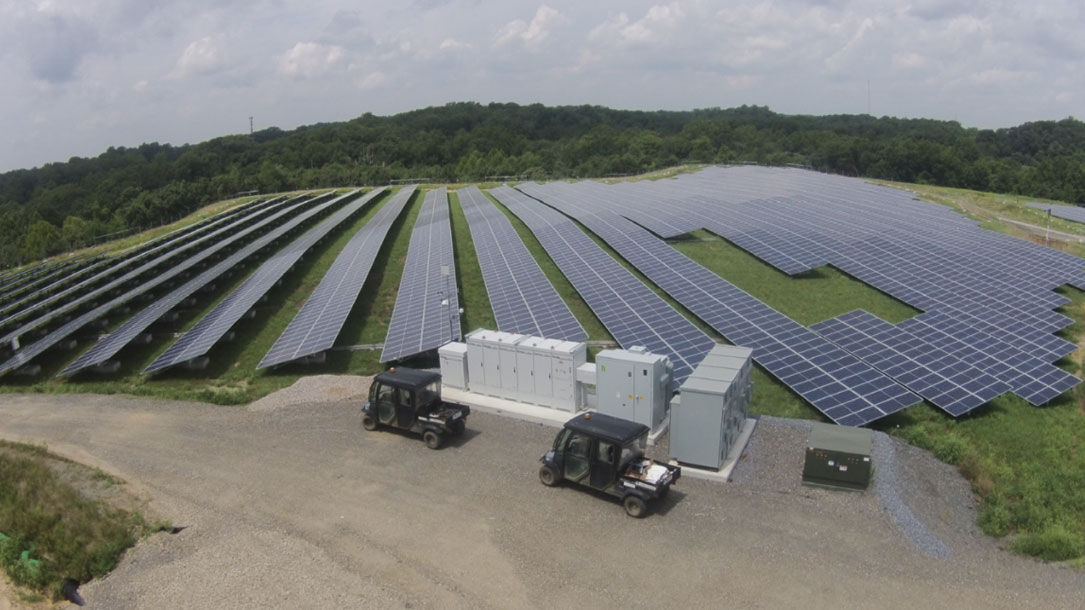
Landfills could host more than 60 GW of solar
The Rocky Mountain Institute (RMI) released a report, The Future of Landfills Is Bright, that offers a guide to considering the value of solar power installed on landfills. The report indicates that more than 63 GW of solar power plant capacity could be located in less than half of U.S. landfills, generating 83 terawatt hours of electricity each year across all 50 states.
The plants also could generate more than $6.6 billion annually in electricity revenue.
The report offers guidance to local jurisdictions for how to take advantage of these resources, including the considerations that must be taken when building on landfills, as well as how to create a financially viable marketplace for the sale of the solar electricity. It covers several necessary bureaucratic structures, and provides guidance on collecting the data necessary for siting projects on landfills…
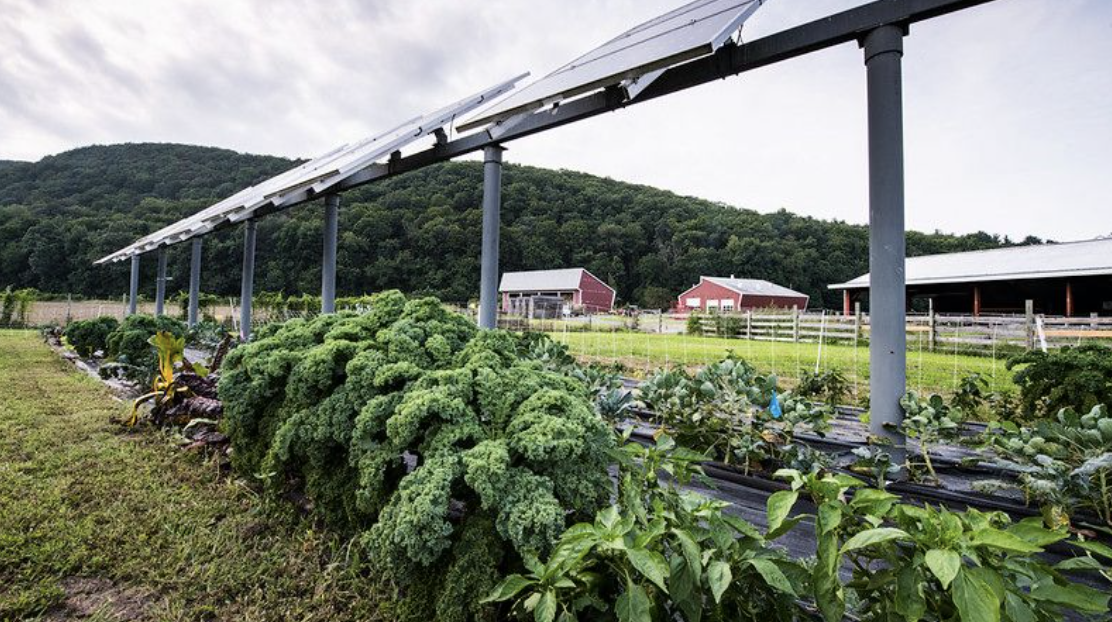
Agrivoltaics clearinghouse launches to share info on matching solar with farming
Solar installations may cover more than 3 million acres of the United States over the next decade, opening the door for PV to be paired with agricultural land to produce food, conserve ecosystems, and maximize income for farmers.
This opportunity, led by the National Center for Appropriate Technology to launch, is said to be the nation’s first AgriSolar Clearinghouse to connect farmers, ranchers, land managers, solar developers, and researchers with information about co-locating solar and agriculture…
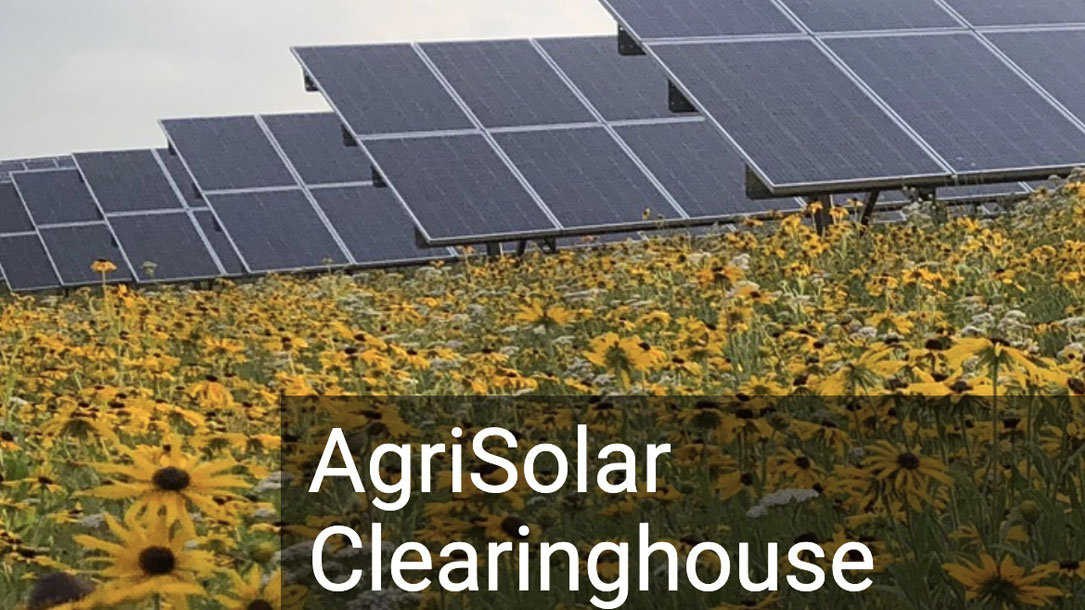
What is the AgriSolar Clearinghouse?
The AgriSolar Clearinghouse is an information-sharing, relationship-building, public communications hub for all things agrisolar. The AgriSolar community will:
- Connect farmers, developers, researchers, and the public
- Provide practical technical assistance
- Develop best practices and innovative solutions to barriers
- Evaluate innovative financing options
- Promote sustainable agrisolar opportunities

Virtual Solar Symposium
Dual-use solar is increasingly recognized as a way to accelerate climate “mitigation” (slowing down) while enhancing farm and ranch viability, soil health, and water management.
For many people in the conservation field, as well as community members, this perspective and the supporting data require a paradigm shift.












